HSBC 2008 Annual Report Download - page 164
Download and view the complete annual report
Please find page 164 of the 2008 HSBC annual report below. You can navigate through the pages in the report by either clicking on the pages listed below, or by using the keyword search tool below to find specific information within the annual report.-
 1
1 -
 2
2 -
 3
3 -
 4
4 -
 5
5 -
 6
6 -
 7
7 -
 8
8 -
 9
9 -
 10
10 -
 11
11 -
 12
12 -
 13
13 -
 14
14 -
 15
15 -
 16
16 -
 17
17 -
 18
18 -
 19
19 -
 20
20 -
 21
21 -
 22
22 -
 23
23 -
 24
24 -
 25
25 -
 26
26 -
 27
27 -
 28
28 -
 29
29 -
 30
30 -
 31
31 -
 32
32 -
 33
33 -
 34
34 -
 35
35 -
 36
36 -
 37
37 -
 38
38 -
 39
39 -
 40
40 -
 41
41 -
 42
42 -
 43
43 -
 44
44 -
 45
45 -
 46
46 -
 47
47 -
 48
48 -
 49
49 -
 50
50 -
 51
51 -
 52
52 -
 53
53 -
 54
54 -
 55
55 -
 56
56 -
 57
57 -
 58
58 -
 59
59 -
 60
60 -
 61
61 -
 62
62 -
 63
63 -
 64
64 -
 65
65 -
 66
66 -
 67
67 -
 68
68 -
 69
69 -
 70
70 -
 71
71 -
 72
72 -
 73
73 -
 74
74 -
 75
75 -
 76
76 -
 77
77 -
 78
78 -
 79
79 -
 80
80 -
 81
81 -
 82
82 -
 83
83 -
 84
84 -
 85
85 -
 86
86 -
 87
87 -
 88
88 -
 89
89 -
 90
90 -
 91
91 -
 92
92 -
 93
93 -
 94
94 -
 95
95 -
 96
96 -
 97
97 -
 98
98 -
 99
99 -
 100
100 -
 101
101 -
 102
102 -
 103
103 -
 104
104 -
 105
105 -
 106
106 -
 107
107 -
 108
108 -
 109
109 -
 110
110 -
 111
111 -
 112
112 -
 113
113 -
 114
114 -
 115
115 -
 116
116 -
 117
117 -
 118
118 -
 119
119 -
 120
120 -
 121
121 -
 122
122 -
 123
123 -
 124
124 -
 125
125 -
 126
126 -
 127
127 -
 128
128 -
 129
129 -
 130
130 -
 131
131 -
 132
132 -
 133
133 -
 134
134 -
 135
135 -
 136
136 -
 137
137 -
 138
138 -
 139
139 -
 140
140 -
 141
141 -
 142
142 -
 143
143 -
 144
144 -
 145
145 -
 146
146 -
 147
147 -
 148
148 -
 149
149 -
 150
150 -
 151
151 -
 152
152 -
 153
153 -
 154
154 -
 155
155 -
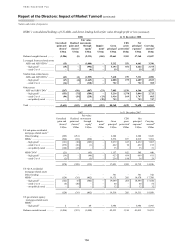 156
156 -
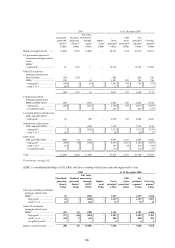 157
157 -
 158
158 -
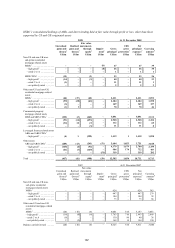 159
159 -
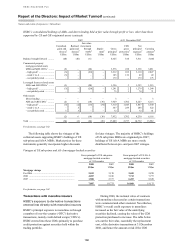 160
160 -
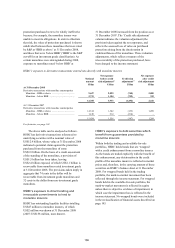 161
161 -
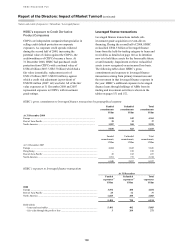 162
162 -
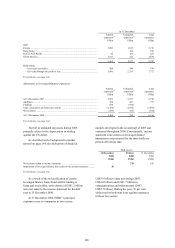 163
163 -
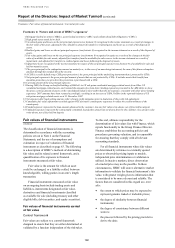 164
164 -
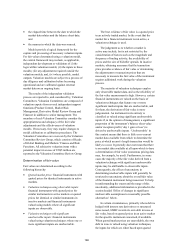 165
165 -
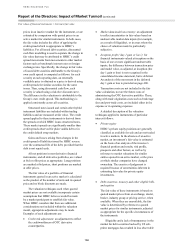 166
166 -
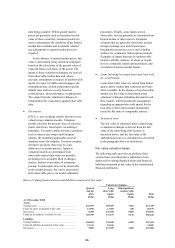 167
167 -
 168
168 -
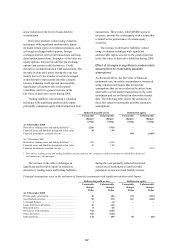 169
169 -
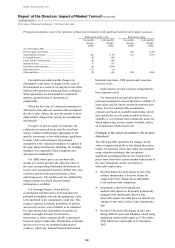 170
170 -
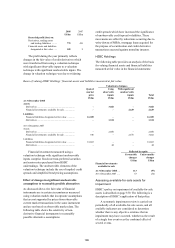 171
171 -
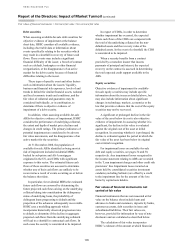 172
172 -
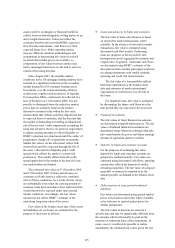 173
173 -
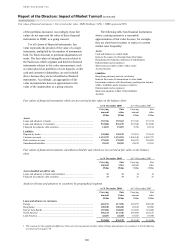 174
174 -
 175
175 -
 176
176 -
 177
177 -
 178
178 -
 179
179 -
 180
180 -
 181
181 -
 182
182 -
 183
183 -
 184
184 -
 185
185 -
 186
186 -
 187
187 -
 188
188 -
 189
189 -
 190
190 -
 191
191 -
 192
192 -
 193
193 -
 194
194 -
 195
195 -
 196
196 -
 197
197 -
 198
198 -
 199
199 -
 200
200 -
 201
201 -
 202
202 -
 203
203 -
 204
204 -
 205
205 -
 206
206 -
 207
207 -
 208
208 -
 209
209 -
 210
210 -
 211
211 -
 212
212 -
 213
213 -
 214
214 -
 215
215 -
 216
216 -
 217
217 -
 218
218 -
 219
219 -
 220
220 -
 221
221 -
 222
222 -
 223
223 -
 224
224 -
 225
225 -
 226
226 -
 227
227 -
 228
228 -
 229
229 -
 230
230 -
 231
231 -
 232
232 -
 233
233 -
 234
234 -
 235
235 -
 236
236 -
 237
237 -
 238
238 -
 239
239 -
 240
240 -
 241
241 -
 242
242 -
 243
243 -
 244
244 -
 245
245 -
 246
246 -
 247
247 -
 248
248 -
 249
249 -
 250
250 -
 251
251 -
 252
252 -
 253
253 -
 254
254 -
 255
255 -
 256
256 -
 257
257 -
 258
258 -
 259
259 -
 260
260 -
 261
261 -
 262
262 -
 263
263 -
 264
264 -
 265
265 -
 266
266 -
 267
267 -
 268
268 -
 269
269 -
 270
270 -
 271
271 -
 272
272 -
 273
273 -
 274
274 -
 275
275 -
 276
276 -
 277
277 -
 278
278 -
 279
279 -
 280
280 -
 281
281 -
 282
282 -
 283
283 -
 284
284 -
 285
285 -
 286
286 -
 287
287 -
 288
288 -
 289
289 -
 290
290 -
 291
291 -
 292
292 -
 293
293 -
 294
294 -
 295
295 -
 296
296 -
 297
297 -
 298
298 -
 299
299 -
 300
300 -
 301
301 -
 302
302 -
 303
303 -
 304
304 -
 305
305 -
 306
306 -
 307
307 -
 308
308 -
 309
309 -
 310
310 -
 311
311 -
 312
312 -
 313
313 -
 314
314 -
 315
315 -
 316
316 -
 317
317 -
 318
318 -
 319
319 -
 320
320 -
 321
321 -
 322
322 -
 323
323 -
 324
324 -
 325
325 -
 326
326 -
 327
327 -
 328
328 -
 329
329 -
 330
330 -
 331
331 -
 332
332 -
 333
333 -
 334
334 -
 335
335 -
 336
336 -
 337
337 -
 338
338 -
 339
339 -
 340
340 -
 341
341 -
 342
342 -
 343
343 -
 344
344 -
 345
345 -
 346
346 -
 347
347 -
 348
348 -
 349
349 -
 350
350 -
 351
351 -
 352
352 -
 353
353 -
 354
354 -
 355
355 -
 356
356 -
 357
357 -
 358
358 -
 359
359 -
 360
360 -
 361
361 -
 362
362 -
 363
363 -
 364
364 -
 365
365 -
 366
366 -
 367
367 -
 368
368 -
 369
369 -
 370
370 -
 371
371 -
 372
372 -
 373
373 -
 374
374 -
 375
375 -
 376
376 -
 377
377 -
 378
378 -
 379
379 -
 380
380 -
 381
381 -
 382
382 -
 383
383 -
 384
384 -
 385
385 -
 386
386 -
 387
387 -
 388
388 -
 389
389 -
 390
390 -
 391
391 -
 392
392 -
 393
393 -
 394
394 -
 395
395 -
 396
396 -
 397
397 -
 398
398 -
 399
399 -
 400
400 -
 401
401 -
 402
402 -
 403
403 -
 404
404 -
 405
405 -
 406
406 -
 407
407 -
 408
408 -
 409
409 -
 410
410 -
 411
411 -
 412
412 -
 413
413 -
 414
414 -
 415
415 -
 416
416 -
 417
417 -
 418
418 -
 419
419 -
 420
420 -
 421
421 -
 422
422 -
 423
423 -
 424
424 -
 425
425 -
 426
426 -
 427
427 -
 428
428 -
 429
429 -
 430
430 -
 431
431 -
 432
432 -
 433
433 -
 434
434 -
 435
435 -
 436
436 -
 437
437 -
 438
438 -
 439
439 -
 440
440 -
 441
441 -
 442
442 -
 443
443 -
 444
444 -
 445
445 -
 446
446 -
 447
447 -
 448
448 -
 449
449 -
 450
450 -
 451
451 -
 452
452 -
 453
453 -
 454
454 -
 455
455 -
 456
456 -
 457
457 -
 458
458 -
 459
459 -
 460
460 -
 461
461 -
 462
462 -
 463
463 -
 464
464 -
 465
465 -
 466
466 -
 467
467 -
 468
468 -
 469
469 -
 470
470 -
 471
471 -
 472
472
 |
 |

HSBC HOLDINGS PLC
Report of the Directors: Impact of Market Turmoil (continued)
Footnotes / Fair values of financial instruments / Carried at fair value
162
Footnotes to ‘Nature and extent of HSBC’s exposures’
1 Mortgage-backed securities (‘MBSs’), asset-backed securities (‘ABSs’) and collateralised debt obligations (‘CDOs’).
2 High grade assets rated AA or AAA.
3 Unrealised gains and losses on the net principal exposure (see footnote 9) recognised in the income statement as a result of changes in
the fair value of the asset, adjusted for the cumulative amount of transfers to realised gains and losses as a result of the disposal of
assets.
4 Realised gains and losses on the net principal exposure (see footnote 9) recognised in the income statement as a result of the disposal of
assets.
5 Fair value gains and losses on the net principal exposure (see footnote 9) recognised in equity as a result of the changes in the fair
value of available-for-sale assets, adjusted for transfers from the available-for-sale reserve to the income statement as a result of
impairment, and adjusted for transfers to realised gains and losses following the disposal of assets.
6 Impairment losses recognised in the income statement in respect of the net principal exposure (see footnote 9) of available-for-sale and
held-to-maturity assets.
7 The gross principal is the redemption amount on maturity or, in the case of an amortising instrument, the sum of the future redemption
amounts through the residual life of the security.
8 A CDS is a credit default swap. CDS gross protection is the gross principal of the underlying instrument that is protected by CDSs.
9 Net principal exposure is the gross principal amount of assets that are not protected by CDSs. It includes assets that benefit from
monoline protection, except where this protection is purchased with a CDS.
10 Carrying amount of the net principal exposure.
11 During 2008, the Group reclassified holdings of HELoCs to US sub-prime residential mortgage-related assets from Other US
residential mortgage-related assets, and restated the amounts of certain direct lending exposures presented in the ABS tables to show
the gross carrying amount of assets on the consolidated balance sheet rather than the net exposure, consistent with other direct lending
exposures. 2007 amounts have been restated accordingly, resulting in an increase of US$6.3 billion in the reported balance of US
sub-prime mortgage-related assets as at 31 December 2007.
12 Net exposure after legal netting and any other relevant credit mitigation prior to deduction of the credit risk adjustment.
13 Cumulative fair value adjustment recorded against OTC derivative counterparty exposures to reflect the creditworthiness of the
counterparty.
14 Funded exposure represents the loan amount advanced to the customer, less any fair value write-downs, net of fees held on deposit.
15 Unfunded exposures represent the contractually committed loan facility amount not yet drawn down by the customer, less any fair value
write-downs, net of fees held on deposit.
Fair values of financial instruments
(Audited)
The classification of financial instruments is
determined in accordance with the accounting
policies set out in Note 2 on the Financial
Statements, and the use of assumptions and
estimation in respect of valuation of financial
instruments as described on page 63. The following
is a description of HSBC’s methods of determining
fair value and its related control framework, and a
quantification of its exposure to financial
instruments measured at fair value.
Fair value is the amount for which an asset
could be exchanged, or a liability settled, between
knowledgeable, willing parties in an arm’s length
transaction.
Financial instruments measured at fair value
on an ongoing basis include trading assets and
liabilities, instruments designated at fair value,
derivatives and financial investments classified
as available for sale (including treasury and other
eligible bills, debt securities, and equity securities).
Fair values of financial instruments carried
at fair value
Control framework
Fair values are subject to a control framework
designed to ensure that they are either determined or
validated by a function independent of the risk-taker.
To this end, ultimate responsibility for the
determination of fair values lies with Finance, which
reports functionally to the Group Finance Director.
Finance establishes the accounting policies and
procedures governing valuation, and is responsible
for ensuring that they comply with all relevant
accounting standards.
For all financial instruments where fair values
are determined by reference to externally quoted
prices or observable pricing inputs to models,
independent price determination or validation is
utilised. In inactive markets, direct observation
of a traded price may not be possible. In these
circumstances, HSBC will source alternative market
information to validate the financial instrument’s fair
value, with greater weight given to information that
is considered to be more relevant and reliable. The
factors that are considered in this regard are, inter
alia:
• the extent to which prices may be expected to
represent genuine traded or tradeable prices;
• the degree of similarity between financial
instruments;
• the degree of consistency between different
sources;
• the process followed by the pricing provider to
derive the data;
